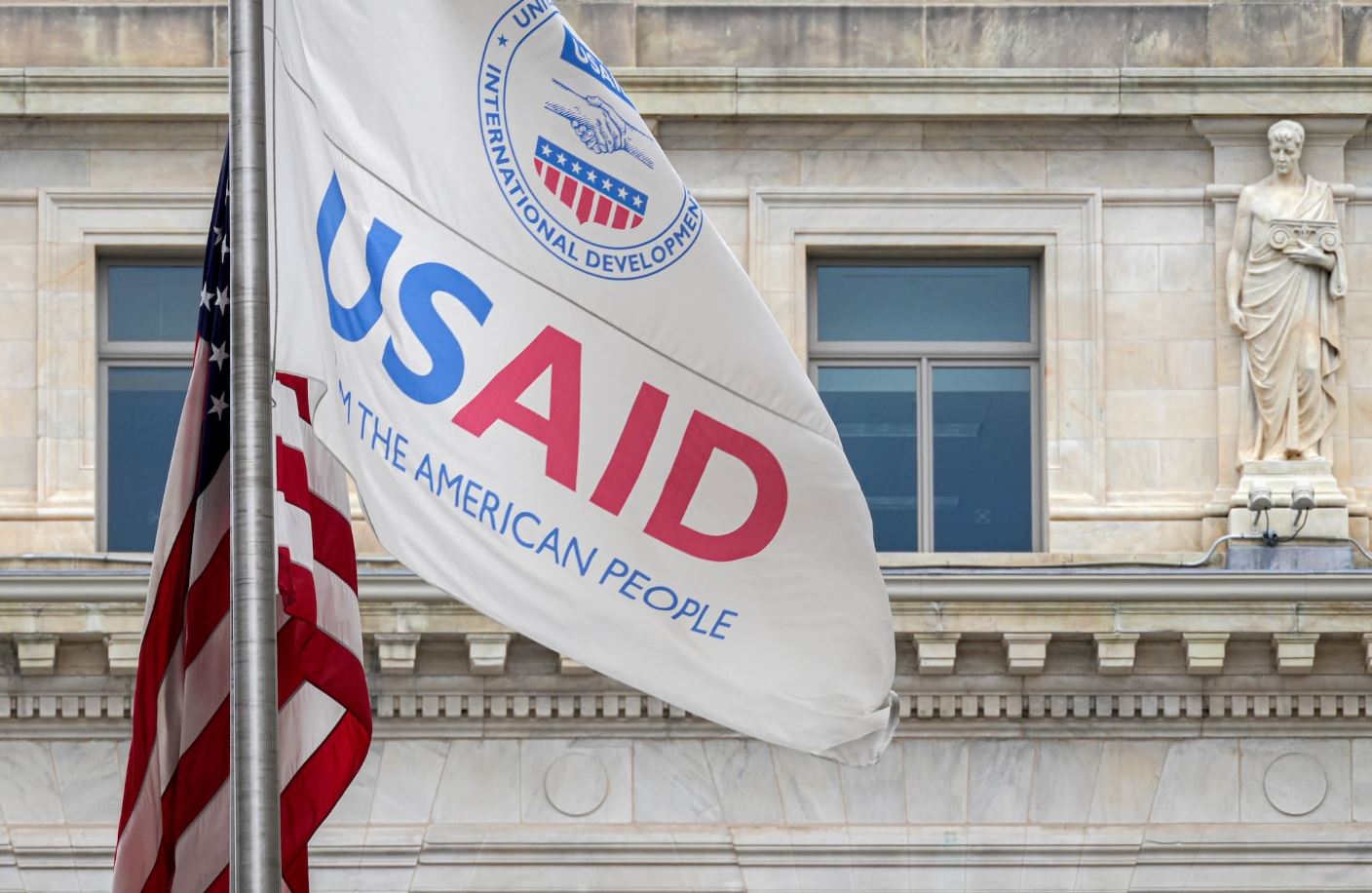 Despite enjoying widespread support among Kenyans, Kenya is expected to be one of the hardest hit countries by a Trump presidency, should he go ahead and dismantle USAID.
Despite enjoying widespread support among Kenyans, Kenya is expected to be one of the hardest hit countries by a Trump presidency, should he go ahead and dismantle USAID.
Unknown to many Kenyans, our already struggling health system would look very different today without USAID resources.
For decades, USAID-funded programs have played a crucial role in advancing health, education, agriculture, and economic stability in Kenya. The country faces an urgent need to reassess how it will sustain vital projects and protect hard-won development gains.
Originally established in 1961 to support U.S. interests abroad during the Cold War, USAID has evolved into the world’s largest provider of humanitarian and development aid.
However, cost-cutting measures steered by President Trump and Elon Musk have landed squarely on USAID’s doors – a $40 billion a year agency.
This move, defended by some as a necessary measure to curb wasteful spending, has sparked fierce controversy in Washington, with critics decrying it as an illegal overreach that undermines decades of strategic international partnerships.
Impact on Kenya’s Health Sector: The Case of AMPATH
One of the most immediate and tangible impacts in Kenya has been on the AMPATH Uzima project. Based at Moi Referral Hospital in Eldoret, AMPATH has been a lifeline for thousands of HIV/AIDS patients across Kenya’s Rift Valley, Nyanza, and Western regions.
The project not only delivers critical healthcare services but also supports between 2,000 to 5,000 staff members who work tirelessly to ensure patients receive life-saving treatments.
Following the U.S. directive to suspend foreign aid, AMPATH’s leadership was forced to send all staff on unpaid leave. In a letter dated January 31, the project’s Chief of Party, Sylvester Kimaiyo, indicated that this drastic measure was necessary to comply with the new executive order.
The loss of funding translates into immediate disruptions—not only in patient care but also in the livelihoods of thousands of Kenyans who depend on the project for their employment.
USAID’s support in Kenya has extended well beyond healthcare. For years, American aid has underpinned initiatives in education, water and sanitation, agriculture, and economic empowerment. These programs have contributed to building community resilience, reducing poverty, and enhancing overall stability.
With the potential dismantling of USAID, Kenya now confronts the daunting task of bridging a significant financial gap at a time when many communities are still vulnerable.
Kenyan government officials are already preparing contingency measures. National Treasury Cabinet Secretary John Mbadi noted that the country might need to reallocate parts of its development budget to ensure that critical programs—especially those in the health sector—continue uninterrupted.
“We will have no alternative but to slash part of the development budget and use the funds to finance critical programmes that will be starved of cash if the U.S. stops foreign aid,” Mbadi explained. While the administration reassured the public that there is “no cause for alarm,” the uncertainty surrounding foreign aid has understandably raised concerns among local NGOs, community leaders, and beneficiaries.
The withdrawal of U.S. aid marks a turning point for Kenya, challenging policymakers to find innovative solutions to sustain progress. Experts warn that the gap left by USAID cannot be easily filled by domestic funds alone. Entire health centres and hospital will be paralyzed.
And that is saying nothing about the incredible strides and gains that have been made in HIV/AIDs, Malaria, TB and more. For example, HIV treatment interruptions for a substantial number of Kenyans can set the country back decades, and bring back the spread which has so far been severely suppressed by ARVs.
Of immediate concern is the thousands of jobs that will be lost instantly. USAID reportedly supports over 40,000 jobs directly in Kenya, and a few hundreds thousands indirectly. Many of these are well-paying jobs whose salaries will be hard to find anywhere else.
The country’s development trajectory, built over decades with substantial external support, now demands a recalibration of priorities and a reinvigoration of regional and international partnerships.
There is a growing call for more sustainable approaches that reduce over-reliance on external aid. The current crisis, while disruptive, can serve as a catalyst for Kenya to strengthen its own development institutions and broaden its funding base.
The dismantling of USAID is more than a bureaucratic shake-up in Washington—it is a development challenge that resonates powerfully in Kenya. With programs like AMPATH facing operational paralysis and other critical projects hanging in the balance, Kenya’s leaders are compelled to act swiftly to mitigate the fallout.
The coming months will reveal how effectively Kenya can navigate this complex transition.










